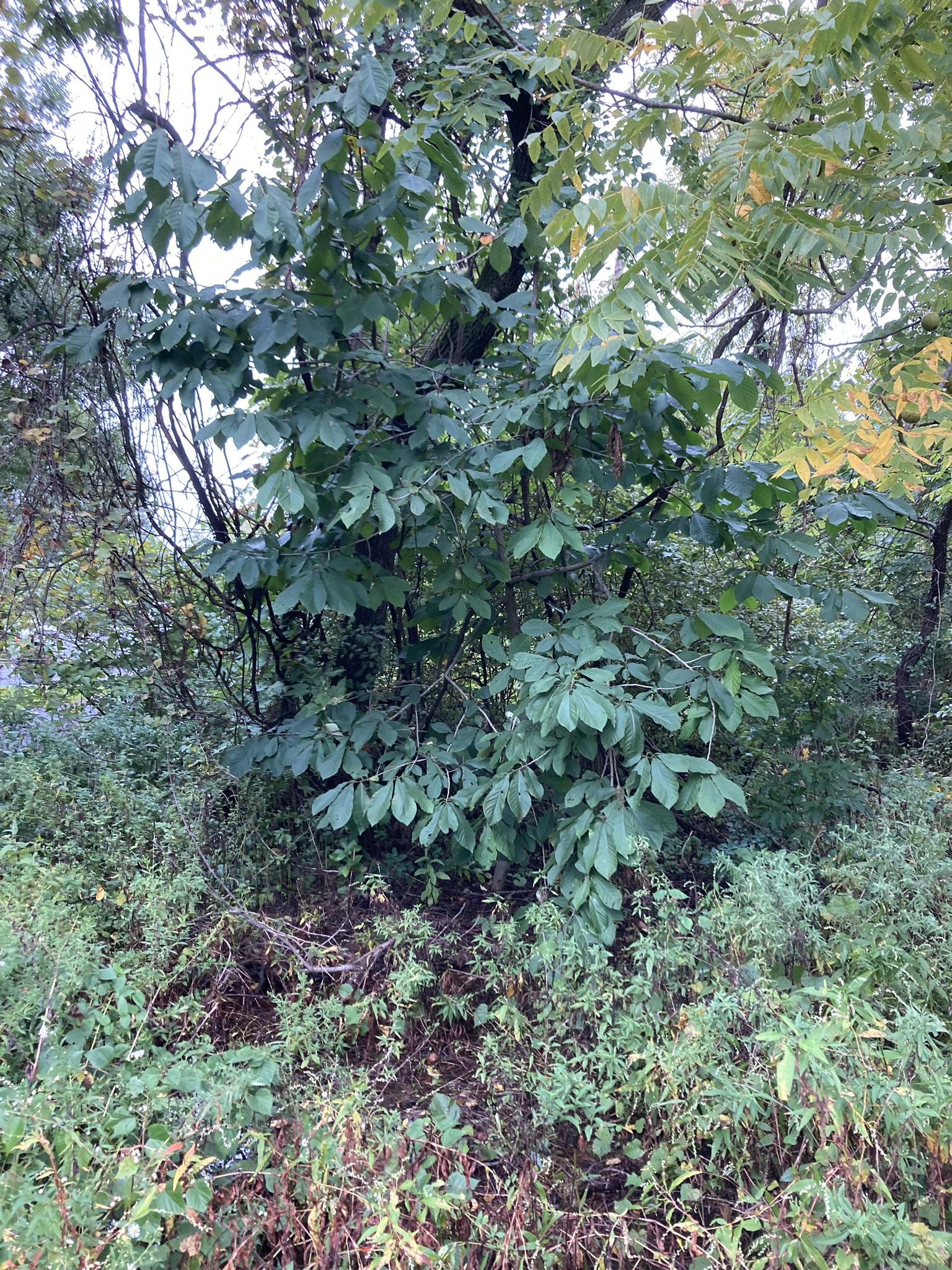 Image 1 of 2
Image 1 of 2

 Image 2 of 2
Image 2 of 2



American Sweetgum
🍁 Liquidambar styraciflua (American Sweetgum)
Large Deciduous Tree | Eastern & Southeastern U.S. Native | Pollinator Resource | Autumn Color Showstopper
Highlights for Native Plant Enthusiasts:
🐝 Early-season flowers provide nectar and pollen for native bees and beneficial insects
🍂 Famous for brilliant fall color—a kaleidoscope of red, orange, yellow, and deep purple
🐦 Spiny seed balls feed finches, doves, and squirrels through fall and winter
🌿 Naturally found in bottomlands, old fields, woodland edges, and streambanks
🐛 Host plant for several moths and leaf-feeding insects, helping fuel the food web for birds
🌳 Fast-growing and highly tolerant of clay soils, wet sites, and compacted urban conditions
Growing Information:
Height: 60–100 ft | Spread: 40–60 ft
Soil: Prefers moist, deep soils but tolerant of clay, periodic flooding, and disturbed ground
Light: Full sun to part shade
Zones: 5–9
Type: Fast-growing deciduous canopy tree
Lifespan: Long-lived; over 150 years in natural settings
Why Native Growers Love It:
Liquidambar styraciflua brings a unique blend of wildlife value, bold fall beauty, and ecological utility. It’s a reliable source of insect and seed food, its dense branching offers cover for birds, and its quick growth makes it perfect for restoring canopy structure in disturbed or degraded sites.
Its star-shaped leaves and signature seed balls add character and texture to natural plantings, and it shines in riparian buffers, old-field rewilding, and wildlife corridors—especially in the southeastern U.S. where it naturally dominates bottomland forests.
Grown without synthetic pesticides or herbicides.
Pairs well with Nyssa sylvatica, oaks, bald cypress, and native sedges.
🛒 Plant American Sweetgum—restore habitat, brighten the canopy, and support native life year-round.
🍁 Liquidambar styraciflua (American Sweetgum)
Large Deciduous Tree | Eastern & Southeastern U.S. Native | Pollinator Resource | Autumn Color Showstopper
Highlights for Native Plant Enthusiasts:
🐝 Early-season flowers provide nectar and pollen for native bees and beneficial insects
🍂 Famous for brilliant fall color—a kaleidoscope of red, orange, yellow, and deep purple
🐦 Spiny seed balls feed finches, doves, and squirrels through fall and winter
🌿 Naturally found in bottomlands, old fields, woodland edges, and streambanks
🐛 Host plant for several moths and leaf-feeding insects, helping fuel the food web for birds
🌳 Fast-growing and highly tolerant of clay soils, wet sites, and compacted urban conditions
Growing Information:
Height: 60–100 ft | Spread: 40–60 ft
Soil: Prefers moist, deep soils but tolerant of clay, periodic flooding, and disturbed ground
Light: Full sun to part shade
Zones: 5–9
Type: Fast-growing deciduous canopy tree
Lifespan: Long-lived; over 150 years in natural settings
Why Native Growers Love It:
Liquidambar styraciflua brings a unique blend of wildlife value, bold fall beauty, and ecological utility. It’s a reliable source of insect and seed food, its dense branching offers cover for birds, and its quick growth makes it perfect for restoring canopy structure in disturbed or degraded sites.
Its star-shaped leaves and signature seed balls add character and texture to natural plantings, and it shines in riparian buffers, old-field rewilding, and wildlife corridors—especially in the southeastern U.S. where it naturally dominates bottomland forests.
Grown without synthetic pesticides or herbicides.
Pairs well with Nyssa sylvatica, oaks, bald cypress, and native sedges.
🛒 Plant American Sweetgum—restore habitat, brighten the canopy, and support native life year-round.































